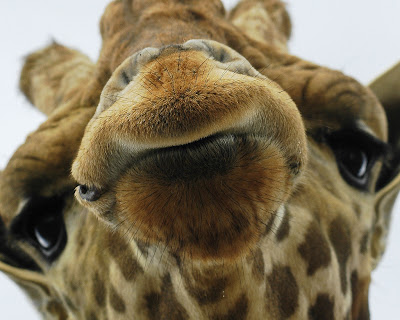The Kakapo Parrot: is the World's Most Favorite Species
.jpg)
The Kakapo Parrot If asked to choose which animal is their most favorite, most people's choice would be an animal that is common and known to most people. My choice is the elephant ; of all animals, for many reasons - I like and love elephants . ARkive , a charitable non-profit organization, recently asked people around the world to vote on and say what their World's Favourite Species is, and the result is surprising but very encouraging. Furthest from my thoughts, was a creature that very few people know of or have heard of; and even fewer, have seen: a critically endangered, flightless, heavy parrot found in the wild only in New Zealand. The Kakapo - scientific name Strigops habroptila . The magnificent kakapo stole 9% of the total votes. It’s a beautiful bird that cannot fly and is only found in New Zealand. But from the many thousands of creatures with which we share our precious planet, what made the kakapo stand out from the crowd? For most of you, tragically, it ...










